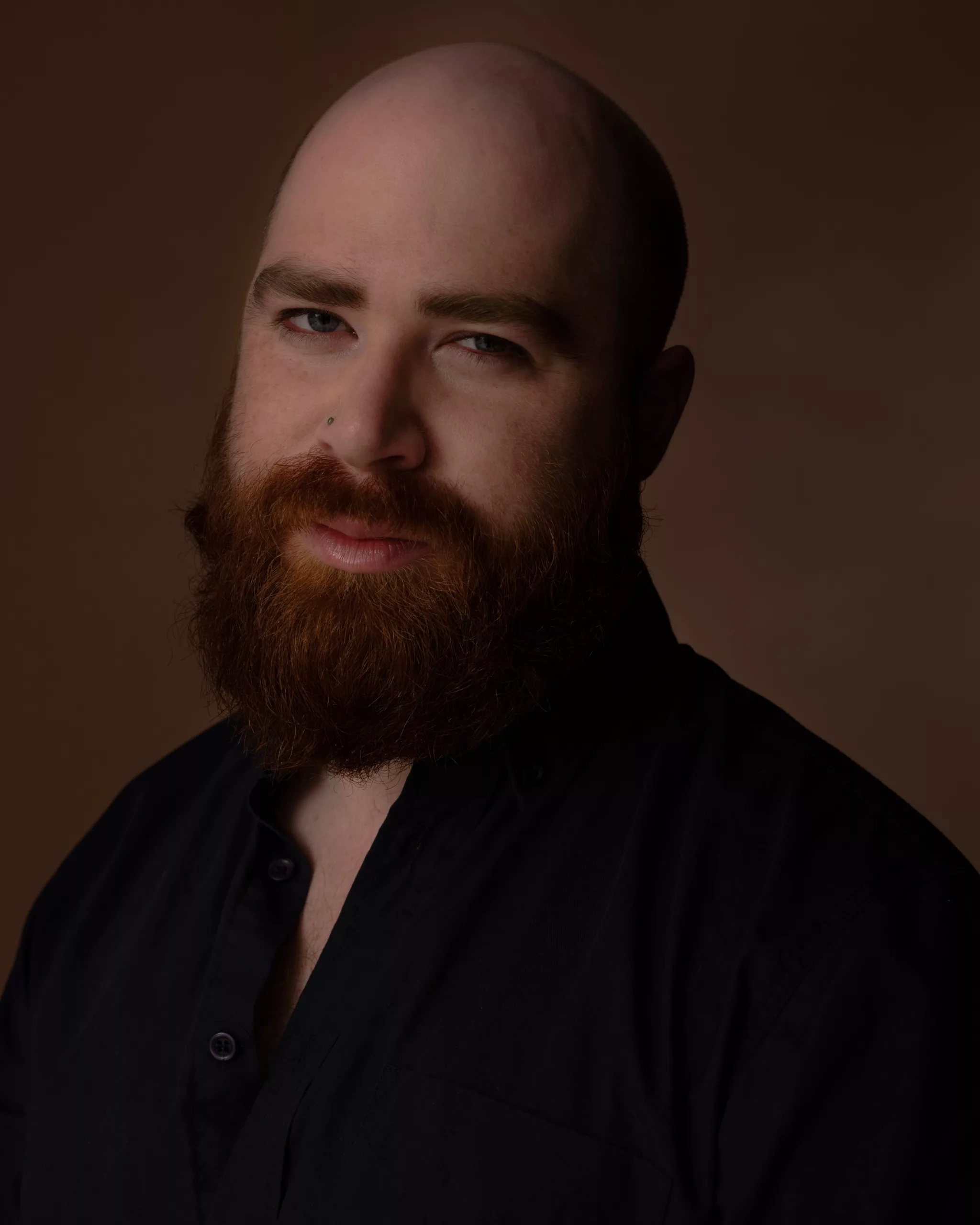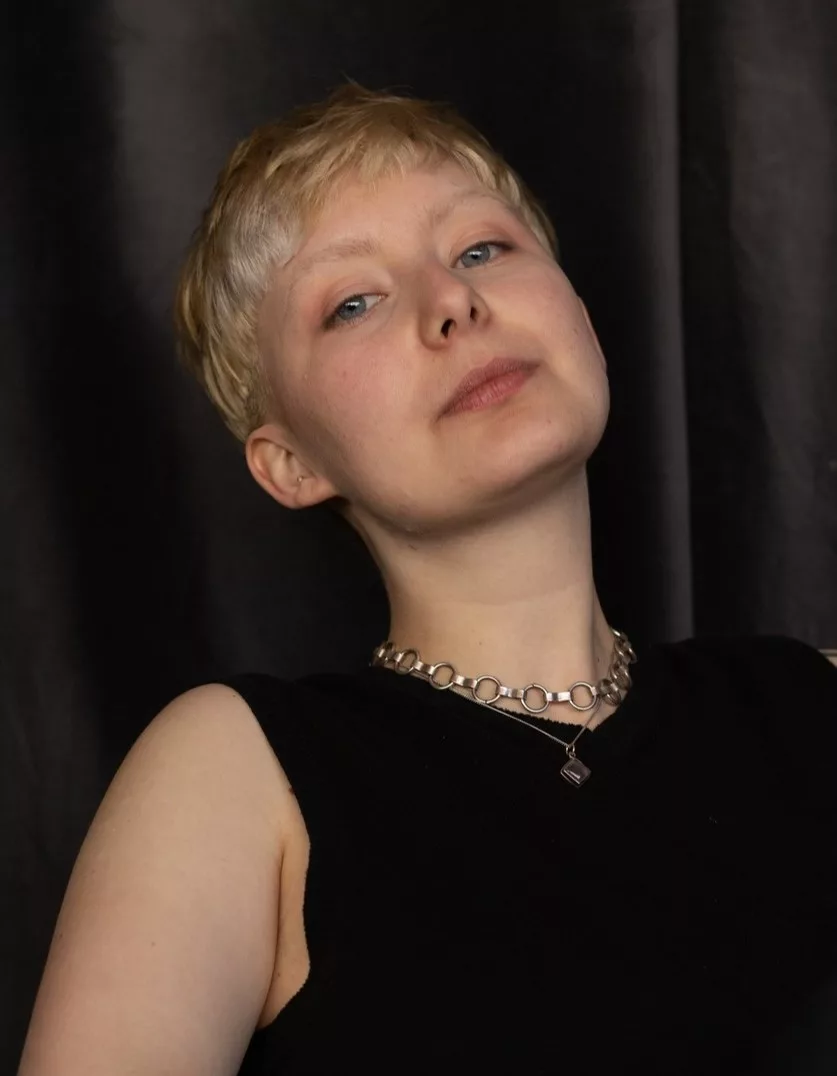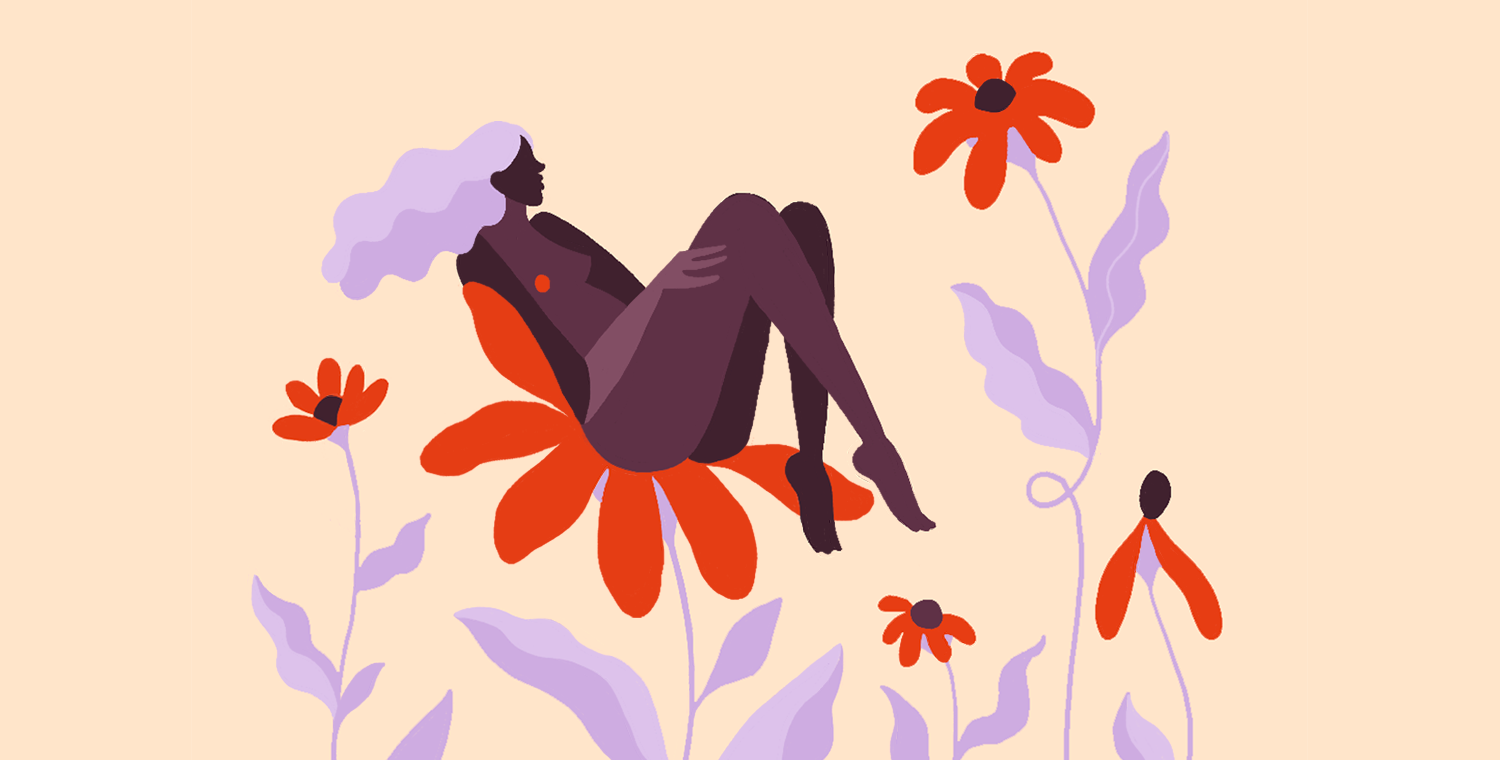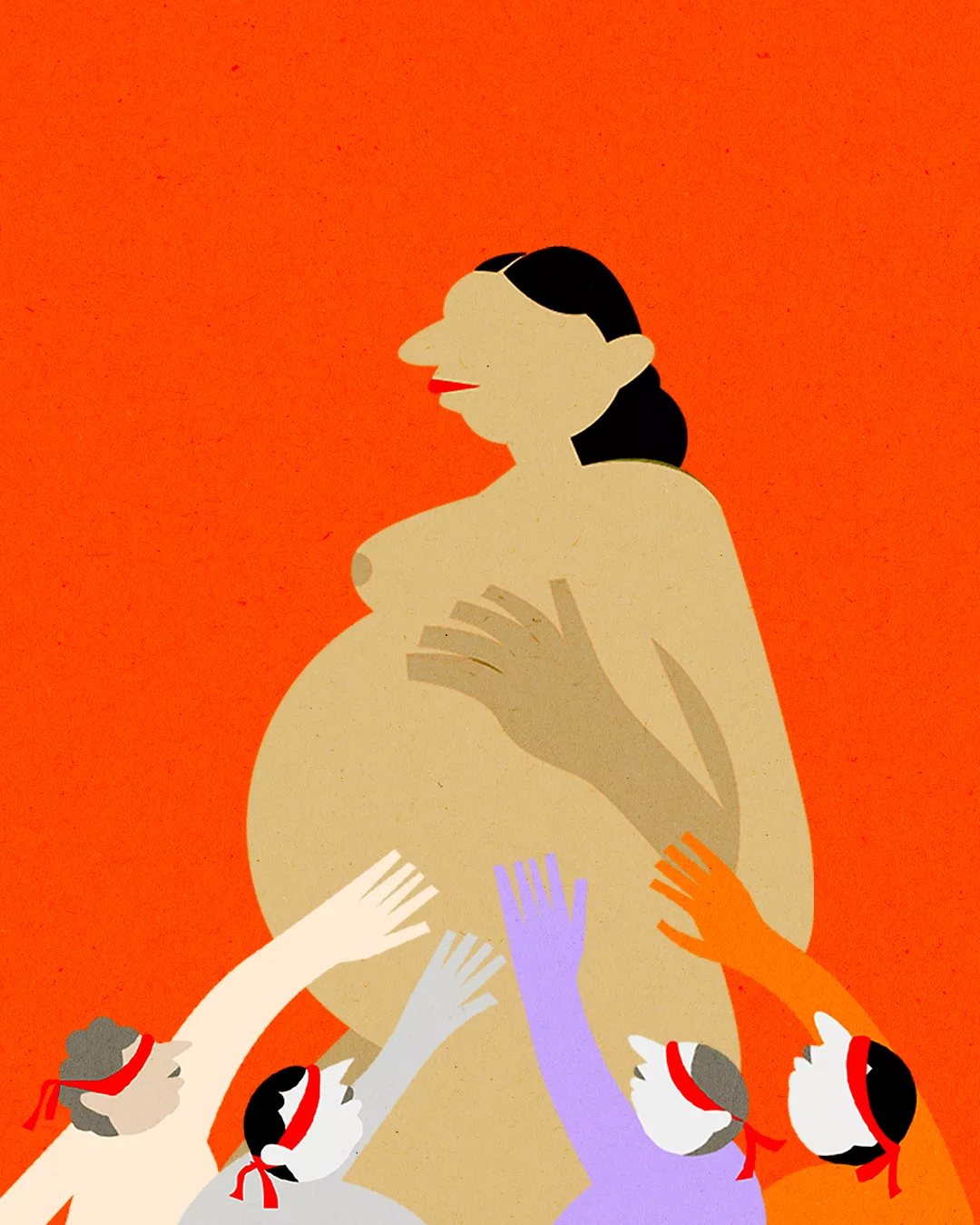Your cart is currently empty!
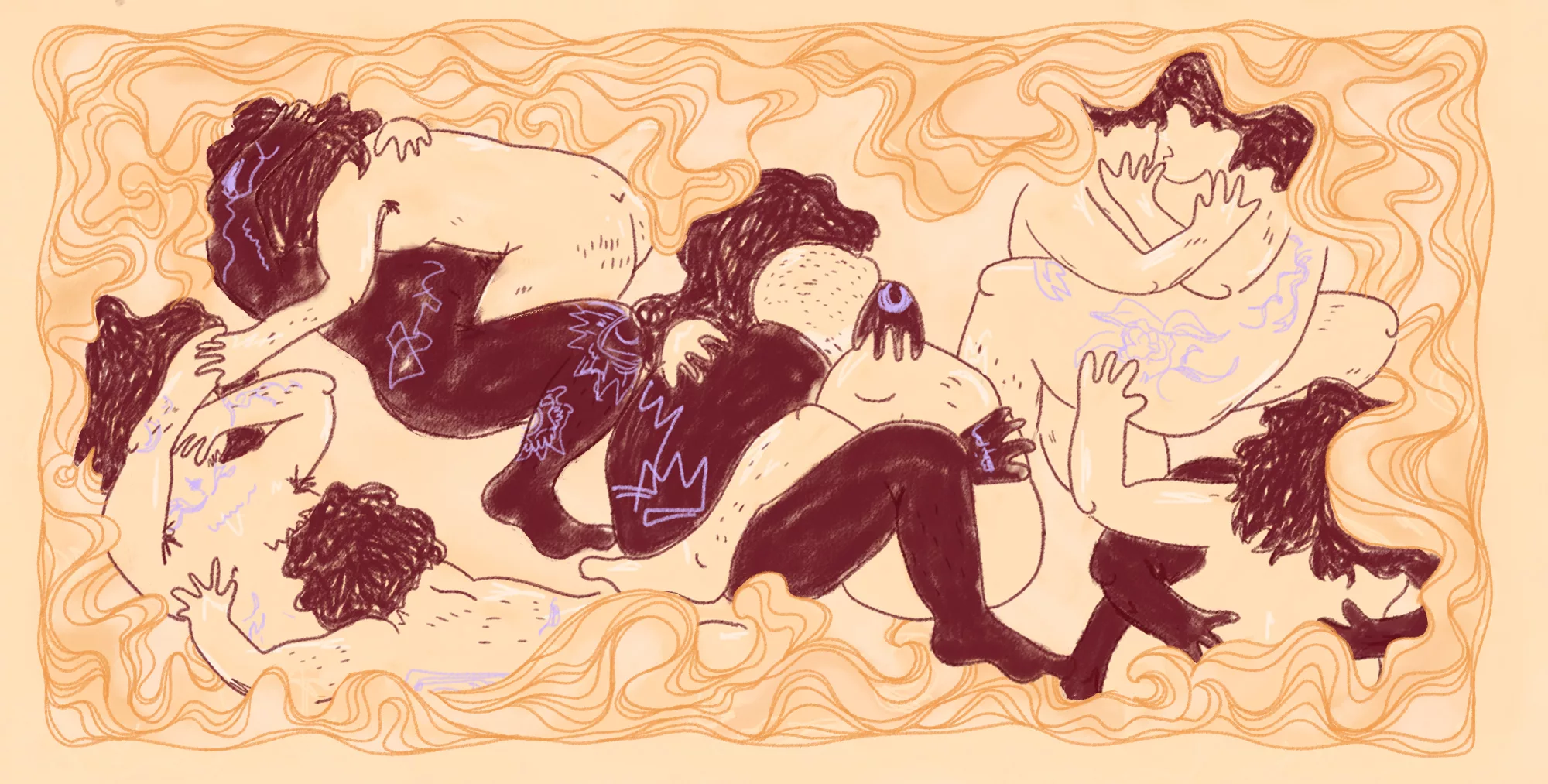
Intimacy in the Plural (II): An Identity Transition
Is non-monogamy a relational orientation in the same way as sexual orientation, or is it rather a conscious decision to adopt a lifestyle that is more aligned with one’s needs? Opinions differ.
Whether we consider non-monogamy as innate or as acquired in response to one’s environment, the people who live their intimate or love lives in the plural all have one thing in common: at some point, they were confronted with the realization that open relationship configurations appealed to them and that monogamy no longer suits them or has never suited them.
As a general rule, the initiation and transition into non-monogamy are far from being like a trip down a long, calm river. Do we accept this new identity? Is it worth deviating from the norm, getting started, trying, opening a discussion with a partner, and embracing this identity?
If you’re wondering about these things, you’re not alone. In this article, we take a look at the transition to non-exclusive relationship configurations.
How do people come to realize that non-monogamy might be for them?
“I remember, when I was eight years old, sitting at a table with five girls pointing at each, saying: ‘Ok, so you’re my girlfriend on Monday, you on Tuesday, Wednesday, Thursday… (laughs) Everyone ok? Alright, let’s go!’,but society explains to you that this is not how it works. Look at most Disney movies: it’s one prince and one princess, and that’s it,” said Jean-Christophe Germain, who is in charge of activities for the Regroupement des personnes polyamoureuses du Québec (RPPQ) [Coalition of Polyamorous People of Quebec], during the Club Discu of September 7th, 2022. .
Realizing that you can deviate from the default relationship model », that is monogamy can be quite the revelation.
Nonetheless, you can feel lost, naked, destabilized, stuck… and with good reason: there’s a serious lack of non-monogamy references, models, and representations in our society.
Just being able to put a word on a feeling, a desire, or a need can have a liberating effect and provide a feeling of newfound freedom. It’s perhaps this very thing—finding the right word, the one we’ve been looking for for so long—that will move us away from the normative monogamous model and allow us to take a step towards a non-exclusive relationship configuration (polyamory, open relationship, etc.).
“You’re in love with someone, you love them madly, and you realize that you’re developing feelings for others, but you’re told that, if you were really in love, it wouldn’t happen,” said Jean-Christophe. “Spending your life wearing social masks so that you can be accepted by the masses is exhausting. ”
“I took the time to sit down and ask myself: ‘What suits me best?’” He continued, “I had been in monogamous relationships my whole life until I thought, ‘No, this isn’t working for me. I can’t. That’s not how I want to live.’ This is where I discovered what polyamory was. . It was late in my life, right in the middle of a midlife crisis. ”
After that, monogamy took a back seat.
“I don’t remember who said it, but we have two lives: a normal life, followed by the one that begins once we realize that we only have one to live,” pondered Jean-Christophe.
Infidelity or love overflow?
Interest in non-monogamy sometimes translates into cheating (or wanting to), even when we still love our partner. When we don’t know how to express our needs or how to talk about them to our partner, we sometimes end up hurting ourselves or the people we love. As painful as these wounds can be, they can sometimes help us better understand who we are.
“In my case, it happened while I was in my first relationship,” says Léa, a sex researcher at Club Sexu. “I was starting to develop romantic feelings for someone else at the same time. I eventually cheated on my boyfriend. To me, it challenged the notion that ‘when you’re truly in love, you’re blind to everyone else.’ I was still in love with my partner! I remember explicitly asking myself and my partners, ‘Why do I have to choose? Why can’t we all just be together?”
Questions kept piling up over the course of her relationships, with the observation that other people kept attracting her attention.
“I had also come across the book Sex at DawnIt’s about non-monogamy in general, but from an evolutionary perspective. It opened my eyes to the idea that it’s possible; that it exists. It was like a confirmation that I wasn’t a bad person if I endorsed it. And I chose to take it as permission.”
Suddenly, it was no longer merely an idea that lived solely in her mind. From then on, Léa had just realized that she too could lead this life in which people could flourish this way.
“It’s been 10 years. Since then, it’s what I want. No one can make me change my mind. ”
Telltale signs
Since we are constantly exposed to monogamous models, few people decide overnight to date several people at the same time.
“Thinking back on my relationships, I really feel that there were lots of signs or moments when I felt that something just didn’t fit,” explains Sara Mathieu-C., a sex researcher at Club Sexu. “Or that something made me uncomfortable in traditional relationships. I have way too much fun deviating from the norm in all spheres of my life, so it will also inevitably show up in my relationships.”
Sara recognizes that her research and her readings on non-monogamy have had an important impact on her journey, and have made her feel empowered. “It sharpens your critical perspective. It helps you to better help others too,” she adds.
What questions should we ask ourselves?
“There was a time when I was crushing really hard on a girl,” said MP Boisvert at Club Discu, who is the author of the novel Au 5e [On the 5th Floor] and a manager at Cooperation Canada. “Early on, she had told me, ‘I know it’s something you’ve studied, but polyamory is not something I can do.’ At the time, I was so into her that I was like, ‘Yeah, no, worries, I’ll be monogamous for you. It’ll be okay.’ [laughter]
“For different reasons, it didn’t work out, but I’m glad it didn’t,” she says. “As my life progresses, I realize that I can’t go back to monogamy.
“My monogamous friends have often told me that they experience stress by lying to themselves. . There’s this underlying discourse that it’s human nature to be with lots of people. I know some people who have said, ‘I’m having deep reflections on my life and I’m realizing that monogamy is going very well for me, so I’m going to continue with that.’ Everyone should question compulsory norms. That’s what I did. I was monogamous, and I even married when I was quite young… However, many problems in my life would have been solved or prevented if I had understood earlier that monogamy didn’t work for me. ”
MP complemented her explanation with several avenues to guide and advise people who are interested in non-monogamy on the importance to keep questioning one’s identity to better free oneself throughout one’s life.
“One can engage in introspection at any age with regard to one’s relational, sexual, and overall identity. Even before talking about sexuality, we must ask ourselves: do I want to experience sex? Can I and do I want to be in a relationship? It’s impossible for desires to remain unchanged forever.”
Relative to people’s identities, MP drew a parallel with drops of ink falling in water: “They make shapes, they move, they fluctuate. It’s the same with our identities.”
With a bit of practice
In the meantime, to those who need to hear it: be kind and gentle with yourself. No one is immune to missteps and mistakes. It’s important to identify and talk about them. There are no shortcuts. One cannot hope to become a non-monogamy expert overnight or even after reading this article. Taming one’s desire for several people without feeling guilty or ashamed takes time and experience.
Give yourself several chances. You have to experience it, adjust, name your needs, revisit the rules, take breaks, ask for help, see a relationship therapist, celebrate the small victories, mourn the losses, and get up the next morning and do better, feed your reflections with discussions with others, and, above all, learn to be kinder and more patient with yourself.
As the American author, Richard Matheson, once said: “How quickly one accepts the incredible if only one sees it enough.”
-
Arter, J. et Bunge, S. S. (2021). “There’s no reason to do monogamy”: Evidence for and characteristics associated with a strong desire for consensual nonmonogamy. Sexuality Research and Social Policy, 1-15. https://doi.org/10.1007/s13178-021-00667-
Boyd, J. P. (2017). Polyamory in Canada: Research on an emerging family structure. The Vanier Institute of the Family. http://dx.doi.org/10.11575/PRISM/32676
Campbell, A. (2010). Bountiful’s plural marriages. International Journal of Law in Context, 6(4), 343-361. https://doi.org/10.1017/S1744552310000297
Fairbrother, N., Hart, T. A. et Fairbrother, M. (2019). Open relationship prevalence, characteristics, and correlates in a nationally representative sample of Canadian adults. The Journal of Sex Research, 56(6), 695-704. https://doi.org/10.1080/00224499.2019.1580667
Henrich, J., Boyd, R. et Richerson, P. J. (2012). The puzzle of monogamous marriage. Philosophical Transactions of the Royal Society B: Biological Sciences, 367(1589), 657-669. https://doi.org/10.1098/rstb.2011.0290
Moors, A. C., Gesselman, A. N. et Garcia, J. R. (2021). Desire, familiarity, and engagement in polyamory: Results from a national sample of single adults in the United States. Frontiers in Psychology, 12, 619640. https://doi.org/10.3389/fpsyg.2021.619640
Murdock, G. P. (1967). Ethnographic atlas. University of Pittsburgh Press.
Sheff, E. (2005). Polyamorous women, sexual subjectivity and power. Journal of Contemporary Ethnography, 34(3), 251-283. https://doi.org/10.1177/0891241604274263
Starkweather, K. E. et Hames, R. (2012). A survey of non-classical polyandry. Human Nature, 23(2), 149-172. https://doi.org/10.1007/s12110-012-9144-x
